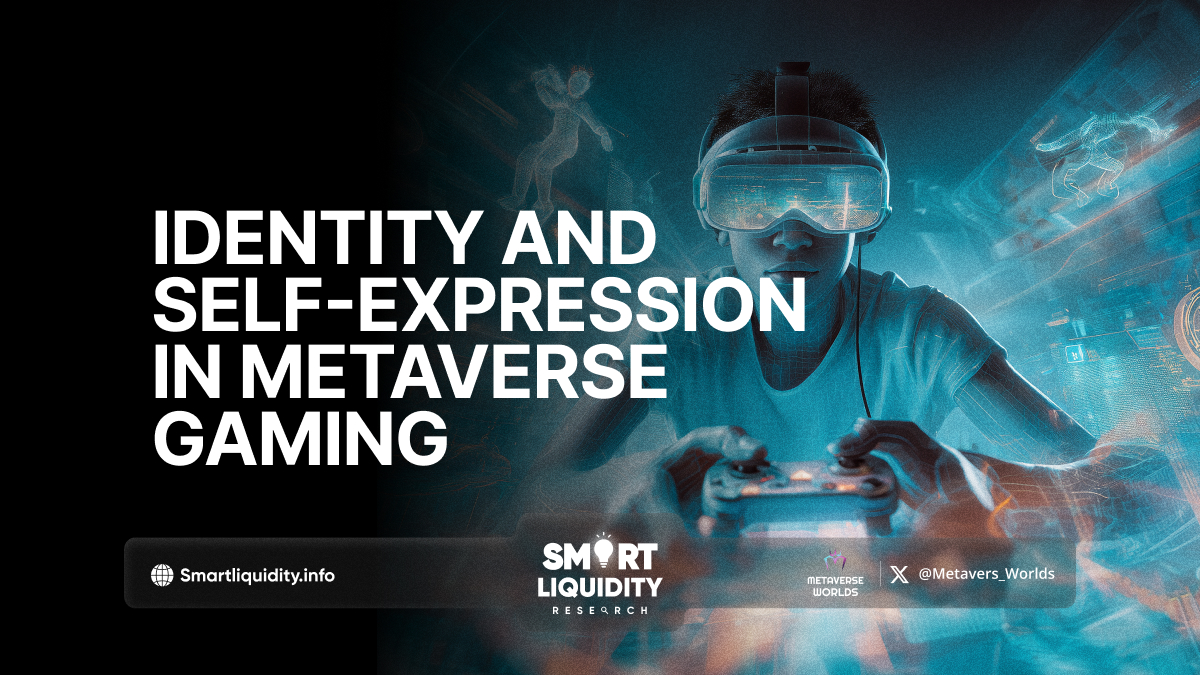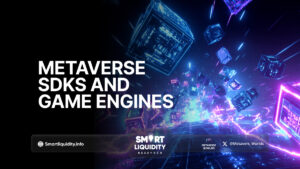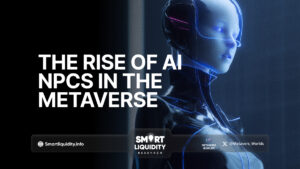Identity and Self-Expression in Metaverse Gaming


As the metaverse continues to evolve, gaming has become one of the primary conduits for individuals to explore and express their identities in digital spaces. With the rapid rise of virtual worlds, avatars, and immersive experiences, players are increasingly using these platforms not just to escape reality, but to craft and embody personalized versions of themselves. The intersection of identity and self-expression in metaverse gaming is reshaping how we define ourselves in both virtual and physical spaces.
The Evolution of Avatars: Beyond a Digital Mask
Historically, avatars have been simple representations—basic 3D figures or pixelated characters with limited customization. However, the modern metaverse offers players almost infinite possibilities in creating avatars that mirror their real-world identities or venture into new and imaginative territories. Platforms like Second Life, Roblox, and Fortnite allow players to tweak their avatars’ appearance, outfits, and even personalities to reflect a deep connection to their true selves—or to invent new personas altogether.
These avatars have become more than just characters; they are extensions of a person’s digital identity. In games like The Sandbox or Decentraland, players not only design their avatars but also shape their environments, influencing how they interact with others. The choice of virtual attire, accessories, and even voice can communicate one’s personality, social status, or affiliation, making self-expression central to the gaming experience.
The Evolution of Avatars: Beyond a Digital Mask
Historically, avatars have been simple representations—basic 3D figures or pixelated characters with limited customization. However, the modern metaverse offers players almost infinite possibilities in creating avatars that mirror their real-world identities or venture into new and imaginative territories. Platforms like Second Life, Roblox, and Fortnite allow players to tweak their avatars’ appearance, outfits, and even personalities to reflect a deep connection to their true selves—or to invent new personas altogether.
These avatars have become more than just characters; they are extensions of a person’s digital identity. In games like The Sandbox or Decentraland, players not only design their avatars but also shape their environments, influencing how they interact with others. The choice of virtual attire, accessories, and even voice can communicate one’s personality, social status, or affiliation, making self-expression central to the gaming experience.
Self-Expression through Interactions and Choice
In metaverse gaming, self-expression isn’t confined to appearance alone. Every choice a player makes—from how they interact with others to the type of games they play—becomes an avenue for self-expression. Whether a player is exploring vast, open-world landscapes, creating virtual art, or engaging in social and competitive activities, these actions contribute to a multifaceted digital identity.
Furthermore, social dynamics in metaverse games are reshaping how players build relationships and communities. By joining guilds, participating in digital events, or collaborating on creative projects, players can find like-minded individuals and strengthen their sense of belonging. These virtual spaces provide an opportunity to represent and express aspects of one’s personality that might be hard to showcase in the physical world.
A New Frontier for Identity Politics
The metaverse also presents new possibilities for marginalized groups to express themselves authentically. People who may face societal or cultural restrictions in the physical world find refuge in virtual spaces, where they can experiment with different forms of expression without fear of judgment or discrimination. This fluidity of identity is empowering, allowing for a more inclusive and diverse representation of self.
Conclusion
In the metaverse, identity is no longer just a static construct. It’s dynamic, fluid, and multifaceted. Gaming platforms within the metaverse give individuals the tools to explore, express, and even redefine who they are, both to themselves and to others. As virtual worlds continue to grow, the role of self-expression in these spaces will only become more profound, offering exciting new ways for individuals to navigate their identities in both digital and physical realms.
REQUEST AN ARTICLE
Disclaimer:
This article is for informational purposes only and does not constitute financial advice. Readers are encouraged to conduct their own research and consult with a financial professional before making any investment decisions.




